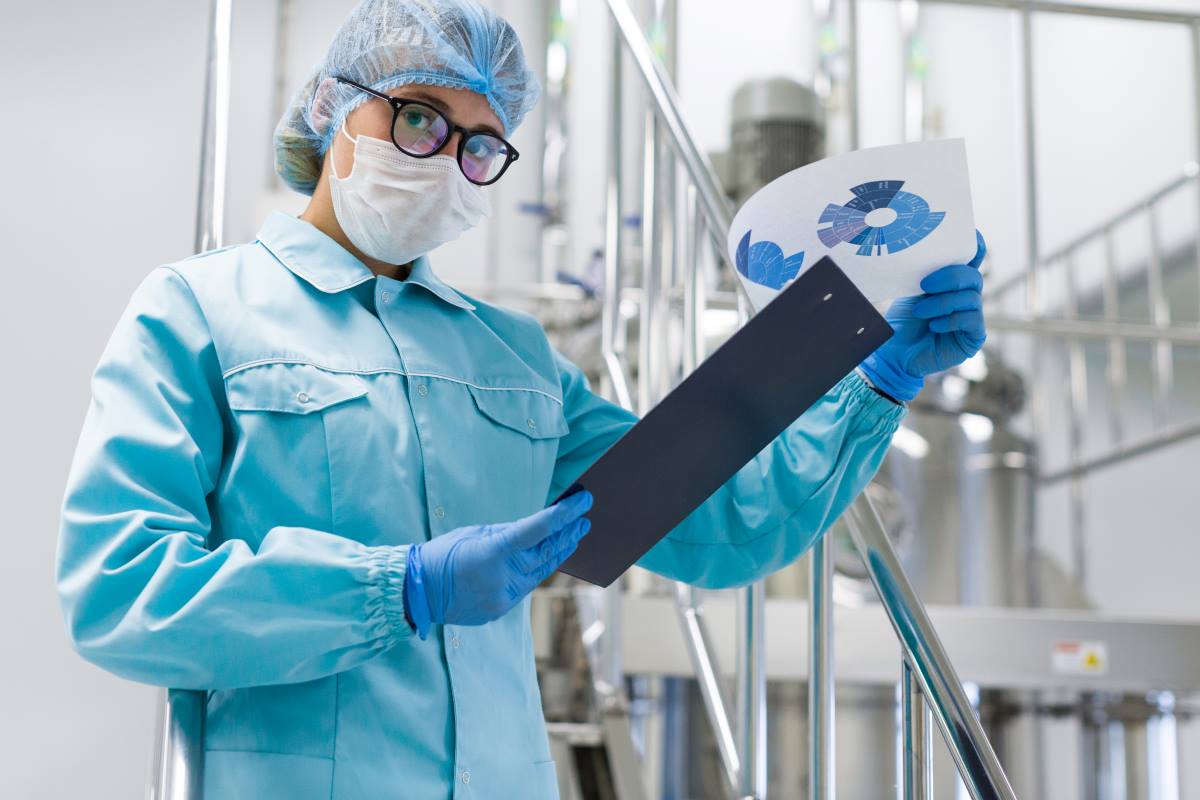When it comes to pharmaceutical breakthroughs, injections play a critical role in delivering life-saving medications directly into the bloodstream. Whether it’s a vaccine, a pain-relief drug, or an antibiotic, injectable medications are often the most effective way to treat various conditions quickly and efficiently. But how do these tiny vials of potent medication come to life? Let’s explore the world of third party injection manufacturing, focusing on India’s vital role as a global leader in this high-precision field.
From the bustling industrial town of Baddi, known for its pharmaceutical prowess, to cutting-edge facilities across the country, India has emerged as a hub for high-quality injectable drug production. Whether it’s dry powder injections or liquid formulations, the science and technology behind the manufacturing process is as impressive as the results these medications deliver.
What is Injection Manufacturing?
Injection manufacturing is the process of producing sterile medications that are administered directly into a patient’s body via a syringe. These medications bypass the digestive system, which allows for faster and often more effective results compared to oral drugs. The two primary types of injectable drugs are:
- Liquid Injectables: These are ready-to-use solutions that contain the active drug dissolved in a sterile liquid.
- Dry Powder Injectables: These require reconstitution (mixing with a liquid) just before administration.
The process of creating injectables is complex, as it demands absolute sterility, precise formulation, and rigorous quality control. After all, when a medication is injected directly into the body, there’s no room for error.
The Manufacturing Process: From Concept to Injection
Let’s break down the journey of how a vial of injectable medication is made. While it may look like just a small bottle of liquid or powder, the behind-the-scenes process involves a precise and scientific approach.
1. Formulation Development
The development of injectable drugs is a high-stakes balancing act. Scientists must determine the right combination of active ingredients and stabilizers, ensuring the medication remains effective during storage and can be easily absorbed by the body once administered. For dry powder injections, this process is particularly important, as the powder must be able to mix smoothly with the sterile liquid before being injected.
2. Sterilization
Unlike tablets, which are consumed orally, injectables go directly into the body. This means sterility is absolutely crucial. Manufacturers employ techniques like steam sterilization, filtration, and radiation to ensure that no bacteria or other contaminants make their way into the final product. In sterile environments, even the air is carefully controlled!
3. Filling and Sealing
Once the solution or dry powder has been formulated, the next step is filling sterile vials with the medication. This is done using automated machines in strictly controlled environments to avoid contamination. The vials are then hermetically sealed to ensure they remain sterile until they’re opened for use.
4. Quality Control
Before a batch of injectables can leave the manufacturing facility, it undergoes rigorous quality checks. This includes testing the sterility, potency, and consistency of the drug. Manufacturers also check for potential contaminants and ensure that the product will maintain its integrity over time. In injection manufacturing, precision is everything.
India: A Global Leader in Injection Manufacturing
India has established itself as a pharmaceutical powerhouse, producing a significant portion of the world’s supply of both generic and branded drugs. When it comes to injectables, injection manufacturers in India have a reputation for combining high-quality production with cost efficiency. This makes India a preferred destination for pharmaceutical outsourcing and third-party manufacturing.
Why India Leads in Injection Manufacturing:
- World-Class Infrastructure: Indian manufacturers, especially those in hubs like Baddi, have invested heavily in state-of-the-art facilities. These units are equipped with the latest technology and are compliant with international regulatory standards such as WHO-GMP and USFDA.
- Highly Skilled Workforce: With a pool of talented scientists, pharmacists, and engineers, Indian injection manufacturers have the expertise needed to develop and produce complex formulations. This includes everything from dry powder injectables to high-demand vaccines.
- Cost Efficiency: India is known for delivering high-quality products at competitive prices. This is why many global pharmaceutical companies choose injection manufacturers in India to produce their medications for international markets.
- Regulatory Compliance: Indian manufacturers adhere to strict regulatory requirements to ensure their products are safe, effective, and compliant with international standards. Many injection manufacturing companies in India are certified by the USFDA, WHO-GMP, and other international bodies, ensuring they can meet the stringent demands of global markets.
Baddi: The Heart of India’s Pharmaceutical Industry
Nestled in the foothills of Himachal Pradesh, Baddi has emerged as one of India’s largest pharmaceutical manufacturing hubs. It’s home to hundreds of pharmaceutical companies, many of which specialize in injectables. In fact, some of the country’s top injection manufacturers in Baddi have gained global recognition for their high-quality, affordable medications.
Baddi’s rise as a pharmaceutical hub can be attributed to its excellent infrastructure, government support, and proximity to key markets. As a result, the town now produces a wide range of pharmaceutical products, including dry powder injections, liquid injectables, and a variety of specialized medications for both domestic and international markets.
Challenges in Injection Manufacturing
While India has made tremendous strides in injection manufacturing, the industry still faces several challenges:
- Maintaining Sterility: As injectables must be completely sterile, maintaining clean-room environments throughout the production process is an ongoing challenge.
- Supply Chain: Ensuring a steady supply of high-quality raw materials and maintaining uninterrupted production lines can be difficult, especially in a global landscape prone to disruptions.
- Regulatory Complexity: As the pharmaceutical landscape evolves, staying compliant with constantly changing regulatory standards requires constant vigilance.
Despite these challenges, injection manufacturers in India continue to push the envelope, delivering cutting-edge solutions that help patients worldwide.
Future of Injection Manufacturing in India
The future of injection manufacturing companies in India is bright. With increasing investments in research and development, new innovations like biologics and biosimilars are set to revolutionize the injectable drug market. India is poised to become a leader in these emerging fields, with manufacturers already making significant strides in the production of complex biologic medications.
Moreover, as healthcare demands grow globally, Indian manufacturers are increasingly focusing on sustainability and innovation. Many companies are exploring ways to reduce their environmental impact while maintaining high levels of production efficiency.
India’s pharmaceutical industry is a global force to be reckoned with, and injection manufacturers are at the forefront of this success story. With hubs like Baddi driving innovation and providing high-quality injectables at competitive prices, Indian manufacturers have cemented their position as key players in the global pharmaceutical market.
From cutting-edge dry powder injections to life-saving vaccines, India’s injection manufacturing companies are not only meeting the healthcare needs of today but are also shaping the future of medicine. So, the next time you see an injection in a vial, know that a lot of science, precision, and innovation—possibly from a top-notch injection manufacturer in India—went into making it.





